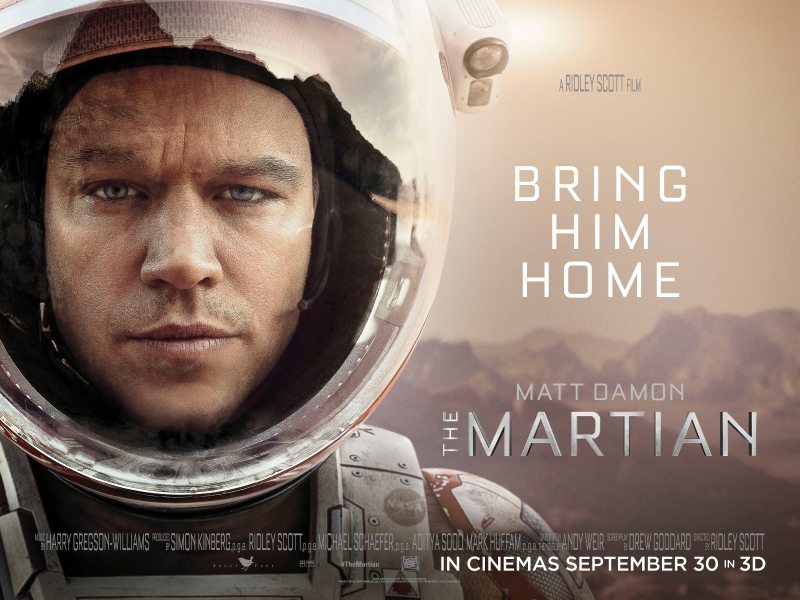Today is the 5-year mark since my injury.
Yeah. Time flies, right?
There is so much to share. So much has happened in the last year alone…
But what’s pressing on my mind is a realization I had while watching the documentary Crip Camp on Netflix:
Netflix describes it as “On the heels of Woodstock, a group of teen campers are inspired to join the fight for disability civil rights. This spirited look at grassroots activism is executive produced by President Barack Obama and Michelle Obama. … A groundbreaking summer camp galvanizes a group of teens with disabilities to help build a movement, forging a new path toward greater equality.”
It basically tells the story of the group of teens with disabilities who fought for eventually what became the Americans with Disabilities Act (ADA).
I really encourage you to watch it, I won’t give more of the story away.
But what I really got from it is that I stand on the shoulders of giants.
Giants with every kind of disability.
Giants with wheelchairs.
Giants with crutches.
Giants with congenital birth defects.
Giants who got hit by buses (watch the documentary).
And other all other kinds of disabled GIANTS.
Now when I walk my dog and cross a street at the curb cutout, I think of this group who occupied a Federal office building in San Francisco for 26 days with all the health issues and risks that I have.
When I park in a handicap parking spot and have the ability to open my door wide and pull out my wheelchair, I think about how these warriors lived life with none of these conveniences.
Many fellow wheelchair users consider me a baby wheelie even at this 5-year mark. I used to refute that moniker.
But after watching this documentary, I realize: yes I am a baby in this new world for me. These people who fought for my ability to access the everyday world with ease are my defacto elders.
—
There’s a part in the documentary where some guy in the Nixon administration says that curb cutouts and dedicated parking spots, amongst other things, were a difficult expense for the budget when compared to the percentage of people who would benefit.
I remember one of my first managers at my first job out of college (many, many years ago) said in an off-hand comment during a happy hour the same sentiment. I didn’t think too much of it back then, but it stuck with me because I think I knew it wasn’t right.
“Prejudice can’t survive proximity…”
What became the ADA isn’t perfect. Enforcement and compliance aren’t perfect. People don’t comply and block/park in/use fake issues in handicap parking all the time.
But holy shit would my life be different if these people’s point of view won out. It would be incredibly harder and more frustrating to operate in this world.
I physically shudder at the thought.
I didn’t have an appreciation for wheelchair living before now because I didn’t have any proximity.
Now that I’m a part of this world and the proximity is my everyday life, I obviously see it from a different angle.
…and I’m not talking about the 4’2” perspective I now have, sitting in a wheelchair.
There is a quote I love by Stephen Beresford, “Prejudice can’t survive proximity, it melts away when you meet and speak to those you fear”.
It’s so relevant in today’s world.
It’s so easy to write off those who are different, especially if we’re not exposed to those people.
But when suddenly a family member comes out of the closet; or someone close becomes disabled … that’s when people’s hearts change and their eyes open. That is when the preconceived notions and priorities change.
It’s disappointing we humans operate that way at times.
But not all humans. And not all the time.
I’ve been fortunate to meet MANY people who have open eyes and open hearts. I make sure to surround myself with them.
It’s a matter of choice, I believe. It’s a matter of whether you’re able to be open or not.
And yes, proximity.
Are you looking down only at your own two feet? Or looking out to see the other people around you?
When you look out, do you do so with judgment – possibly driven by fear? Or could you look out with curiosity – maybe seeking to understand?
Sure it takes a little more energy. But the return is a little bit of connection.
And I’ve never heard of genuine connection as a detriment to one’s life and well-being.
Especially right now.
A lot of the media I’ve gotten recently is on their behalf, and it’s because they really make sports accessible. When quarantine came, they got creative and went virtual with their annual Angel City Games. And now they’re working on being able to survive.
Here’s the deal. I know if everyone who sees this donates $25, we would triple this goal.
Since I’ve moved to LA, I’ve found an awesome local community of challenged athletes and supporters in Angel City Sports (ACS). In these quarantine times, all non-profits are facing deficits and ACS is not different.
I hope to contribute to the ACS community as they rise LA youth and adults into the Paralympic Games for years to come.
If you have it, drop it in the bucket!
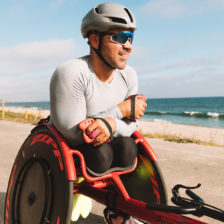

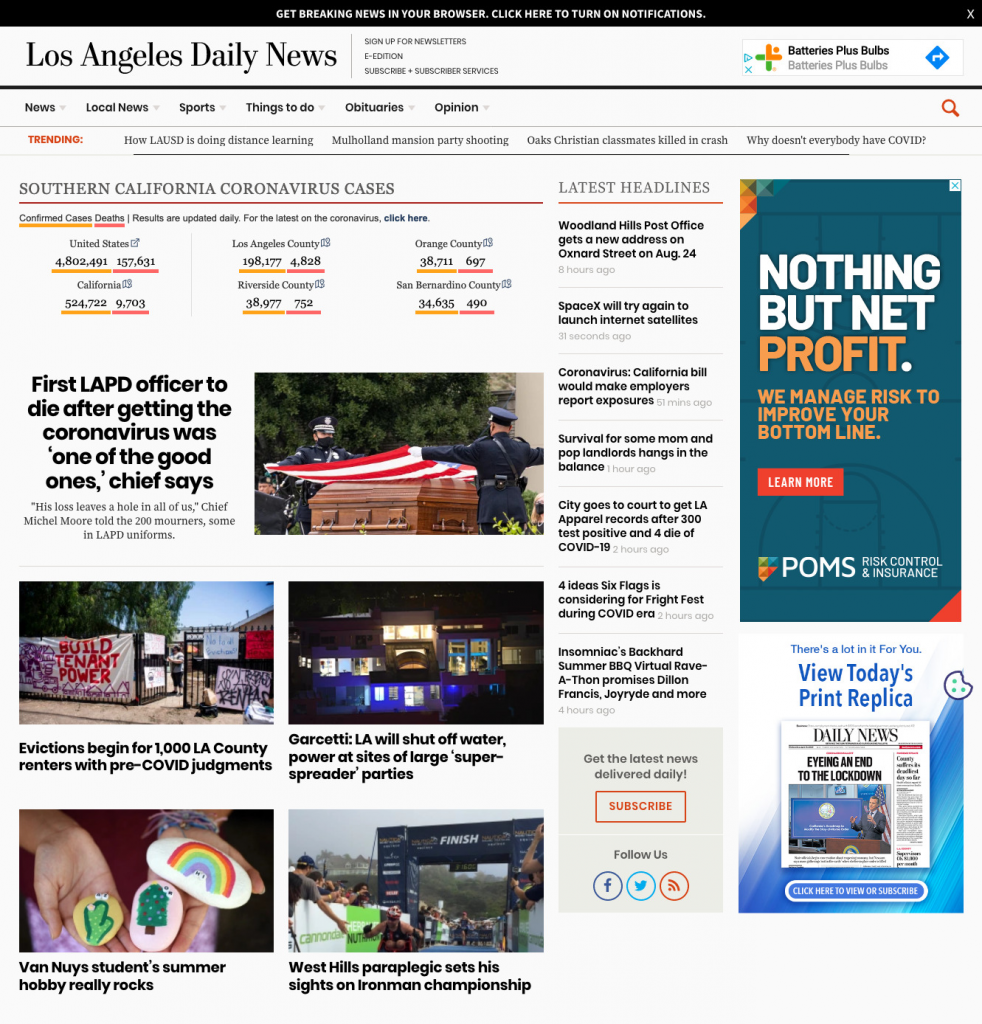
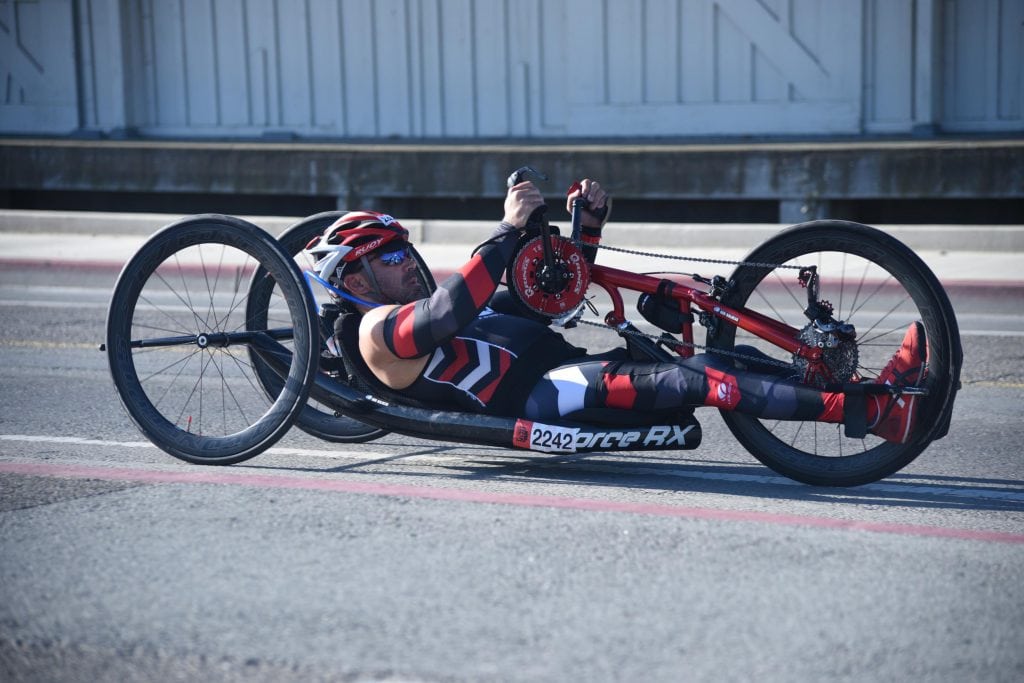
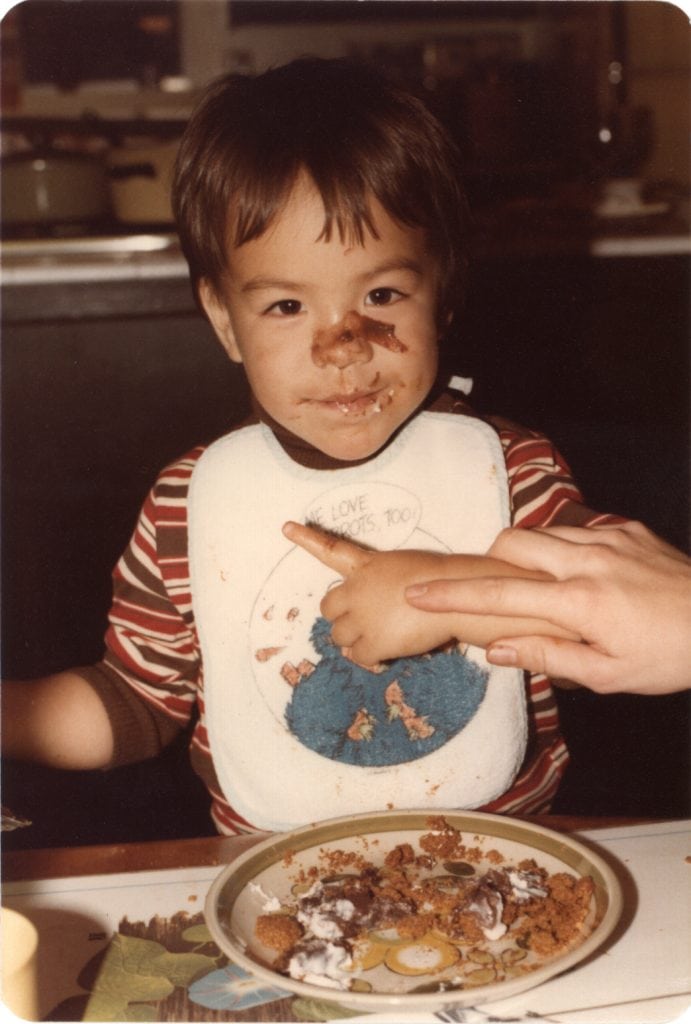
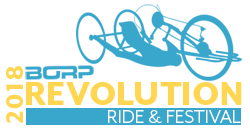 One of the first things I was anxious to do, after getting out of rehab, was get back out on the road and cycling. I was pointed to BORP in Berkeley where I could ride their handcycles while mine was on order and being built. Their crew there and other riders were an immediate support group for the goal I had to do a triathlon before the one-year anniversary of my accident.
One of the first things I was anxious to do, after getting out of rehab, was get back out on the road and cycling. I was pointed to BORP in Berkeley where I could ride their handcycles while mine was on order and being built. Their crew there and other riders were an immediate support group for the goal I had to do a triathlon before the one-year anniversary of my accident.